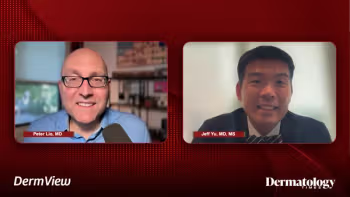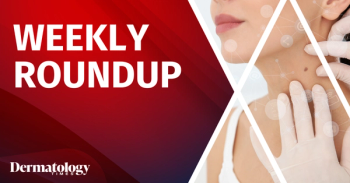
Nail Care’s Hidden Health Costs
Key Takeaways
- Nail products contain harmful chemicals like toluene, formaldehyde, and dibutyl phthalate, posing health risks to both customers and salon workers.
- Salon workers, often women from immigrant communities, face increased health risks due to prolonged exposure and inadequate protective measures.
Explore the hidden health risks of nail products and the urgent need for safety reforms in the nail salon industry for workers and customers alike.
The nail care industry has experienced dramatic growth in recent decades, with nail salons becoming a fixture of the beauty and personal care landscape. In the United States alone, thousands of salons operate in both urban and suburban communities, offering a wide range of services from manicures and pedicures to gel and acrylic enhancements.1 However, alongside this growth is a rising concern over the potential health effects associated with the products used in these services.2 In their recent review published in the International Journal of Dermatology, Scott et al. critically evaluated the safety of nail products and their implications for public and occupational health.3
Chemical Exposures and Toxicity Risks
Nail products contain a variety of chemical compounds that contribute to their performance, including solvents, plasticizers, resins, and colorants. Many of these substances emit volatile organic compounds (VOCs), which readily evaporate into the air and can be inhaled by both customers and salon workers. Among the most concerning chemicals discussed by Scott et al. are toluene, formaldehyde, and dibutyl phthalate—commonly referred to as the “toxic trio.” These ingredients have well-documented toxicological profiles. Toluene is a known neurotoxin, formaldehyde is classified as a human carcinogen, and phthalates have been associated with endocrine disruption and reproductive toxicity.
While some manufacturers have voluntarily removed these compounds from their formulations due to consumer pressure, many products still contain them. Additionally, not all harmful ingredients are clearly listed on product labels, making it difficult for consumers and workers to make informed decisions. The review emphasizes the cumulative risk posed by repeated or prolonged exposure, which is especially significant in occupational settings.
Occupational Health Hazards
Nail salon workers are particularly vulnerable to chemical exposures due to their close and repeated contact with products over long work hours. According to the review, these workers—who are predominantly women and often from immigrant communities—frequently report symptoms such as headaches, dizziness, skin irritation, and respiratory problems. Poor ventilation, inadequate use of personal protective equipment (PPE), and limited access to safety training exacerbate these risks.
Prenatal exposure is an additional area of concern. Studies referenced in the article suggest that pregnant salon workers may be at elevated risk of adverse outcomes such as low birth weight, preterm birth, and developmental effects in offspring. Though more longitudinal research is needed, these findings highlight the urgency of addressing occupational safety in nail salons.
Regulatory Gaps and Industry Challenges
Scott et al. identify significant regulatory shortcomings in the oversight of nail products and salon environments. The US Food and Drug Administration (FDA) has limited authority to regulate cosmetics before they reach the market, and the Occupational Safety and Health Administration (OSHA) often lacks the resources to enforce relevant standards in small businesses like nail salons. Moreover, product labeling requirements are inconsistent and frequently fail to disclose potentially hazardous ingredients.
The authors call for policy changes, including mandatory ingredient transparency, stricter regulation of cosmetic chemicals, and the promotion of safer alternatives. Enhanced education and outreach efforts are also needed to ensure that workers understand their rights and the protective measures available to them.
Conclusion
The findings presented by Scott et al. underscore a critical public health issue: while occasional nail salon patrons may face minimal risk, workers endure sustained exposure to hazardous chemicals with insufficient protection. Addressing these risks requires a multifaceted approach involving regulatory reform, industry accountability, and community education. As the popularity of nail services continues, ensuring that beauty does not come at the cost of health must become a top priority.
References
- Tyagi M, Singal A. Nail cosmetics: What a dermatologist should know!.Indian J Dermatol Venereol Leprol. Published online May 29, 2023. doi:10.25259/IJDVL_77_2023
- Kopelovich L, Perez AL, Jacobs N, Mendelsohn E, Keenan JJ. Screening-level human health risk assessment of toluene and dibutyl phthalate in nail lacquers. Food Chem Toxicol. 2015;81:46-53. doi:10.1016/j.fct.2015.04.011
- Scott E, Elston DM, Burkhart CG. The safety of nail products: Health threats in the nail industry. Int J Dermatol. Published online May 5, 2025. doi:10.1111/ijd.17826
Newsletter
Like what you’re reading? Subscribe to Dermatology Times for weekly updates on therapies, innovations, and real-world practice tips.


















